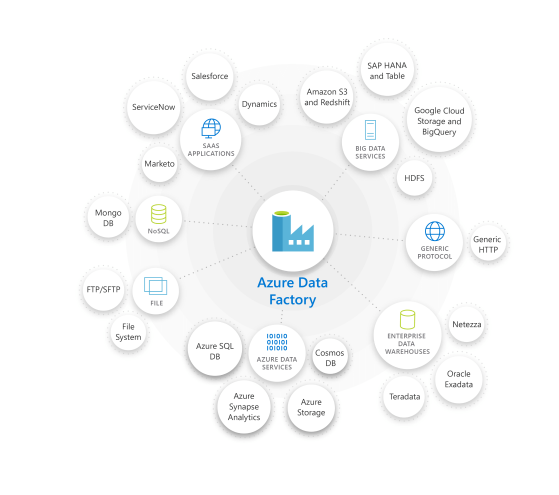
You can use any tool available to create a self-signed certificate as long as they adhere to these settings: NET for more information on your options for CSP subscriptions. Reference Azure Resource Manager vs classic deployment model and Understanding Authentication with the Azure SDK for. If the user ID for the account administrator has already been used to add 100 management certificates and there is a need for more certificates, you can add a co-administrator to add the additional certificates.Īdditionally, management certificates can not be used with CSP subscriptions as CSP subscriptions only support the Azure Resource Manager deployment model and management certificates use the classic deployment model. There is also a limit of 100 management certificates for all subscriptions under a specific service administrator’s user ID. There is a limit of 100 management certificates per subscription.
#AZURE CLOUDAPP SSL UPDATE#
To update the certificate, it's only necessary to upload a new certificate and change the thumbprint value in the service configuration file.īe careful! These types of certificates allow anyone who authenticates with them to manage the subscription they are associated with. Updating without a new service package is possible because the logical name, store name, and location of the certificate is in the service definition file and while the certificate thumbprint is specified in the service configuration file. An IT manager can manage and renew that certificate (changing the configuration of the service) without needing to upload a new service package. For example, a developer may upload a service package that refers to a certificate that an IT manager has previously uploaded to Azure.

Service certificates can be managed separately from your services, and may be managed by different individuals. They are assigned to a deployment in the service definition file. Service certificates are associated with a specific cloud service. You can upload service certificates to Azure either using the Azure portal or by using the classic deployment model. Service certificates, defined in your service definition, are automatically deployed to the virtual machine that is running an instance of your role. For example, if you deployed a web role, you would want to supply a certificate that can authenticate an exposed HTTPS endpoint. Service certificates are attached to cloud services and enable secure communication to and from the service.



This thumbprint is used in the Azure configuration file to identify which certificate a cloud service should use.Īzure Cloud Services does not accept AES256-SHA256 encrypted certificate. Certificates have a thumbprint that provides a means to identify them in an unambiguous way. You should only use self-signed certificates when developing and testing your cloud services.Ĭertificates used by Azure can contains a public key. A self-signed certificate is signed by its own creator, therefore it is not trusted by default.
#AZURE CLOUDAPP SSL HOW TO#
This topic gives a general overview of both certificate types, how to create and deploy them to Azure.Ĭertificates used in Azure are x.509 v3 certificates and can be signed by another trusted certificate or they can be self-signed. New deployments should use the new Azure Resource Manager based deployment model Azure Cloud Services (extended support).Ĭertificates are used in Azure for cloud services ( service certificates) and for authenticating with the management API ( management certificates). Cloud Services (classic) is now deprecated for new customers and will be retired on August 31st, 2024 for all customers.


 0 kommentar(er)
0 kommentar(er)
